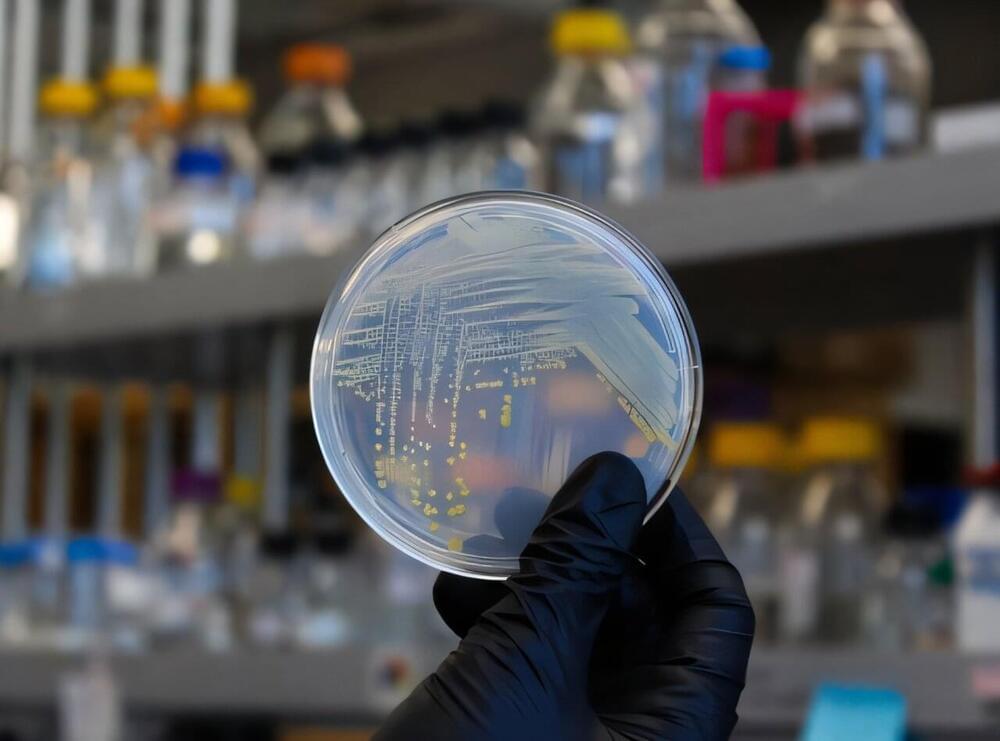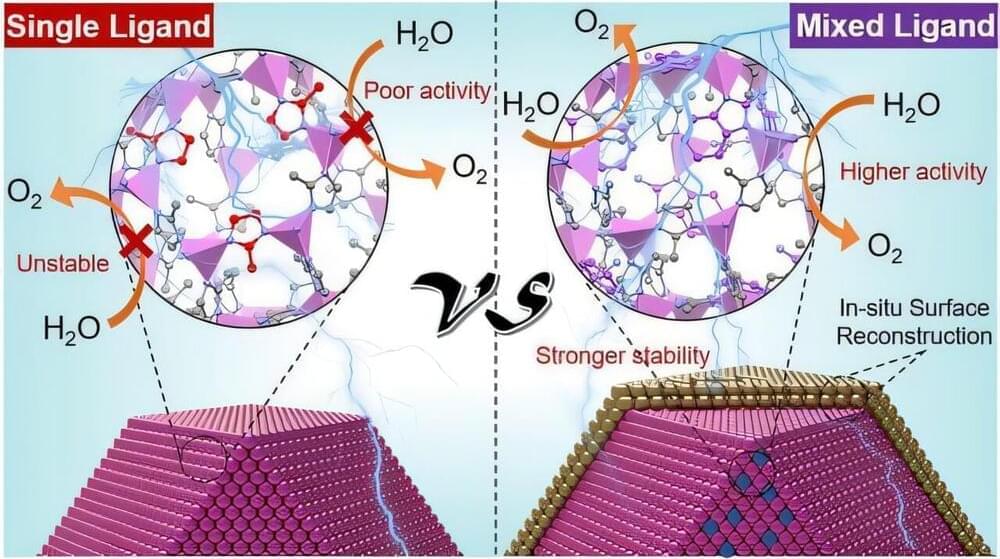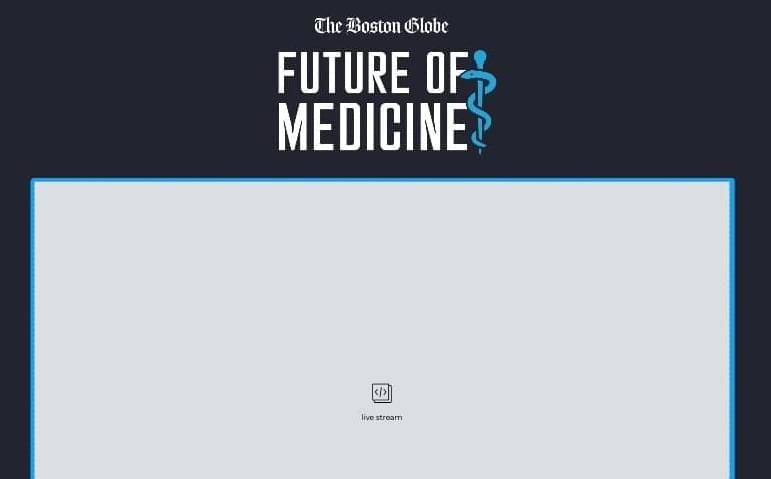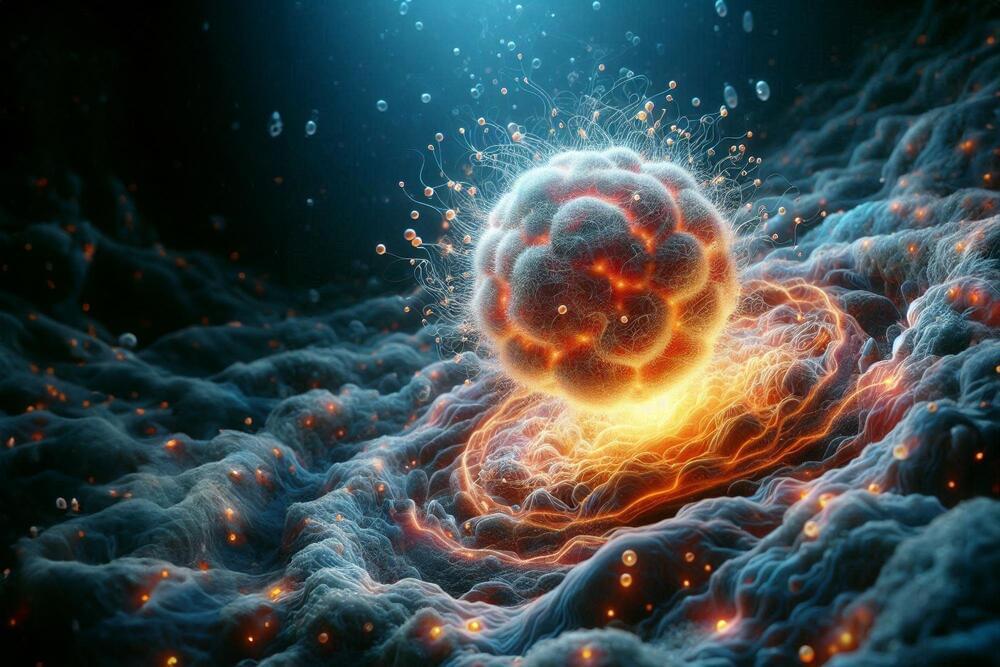The Dutch scientist designs the world’s smallest machines, including light-activated drugs to improve treatments for cancer and infection.



Discovered in 1999 in Germany, the Nebra Sky Disc is the oldest known depiction of the cosmos. A recent examination of the Bronze Age artifact revealed the intricate methods used in its creation, which UNESCO described as “one of the most important archaeological finds of the twentieth century.”
The Nebra Sky Disc is a product of the Únětice culture, which originated in the Bronze Age of Central Europe. It reflects a sophisticated ancient understanding of both metalworking and astronomy and was created sometime between 1800 and 1,600 BCE. Clusters of stars, a sun, and a crescent moon are among the celestial bodies depicted by golden inlays covering the blue-green patina of the Nebra Sky Disc. The angle between the solstices is thought to be indicated by two golden arcs that run along the sides of the disc, one of which is now absent. It is thought that a boat is represented by another arc at the composition’s base. Only a few millimeters thick, the disc has a diameter of around 12 inches.
The Nebra Sky Disc is one of the best-investigated archaeological objects. The origin of the raw materials it is made of is well known The disc is made from copper, tin, and gold—materials whose origins have been traced to Cornwall, England. The rich blue-green patina of the disc’s bronze today results from chemical changes over time. Originally, it would have been a deep bronze hue.

What do motion detectors, self-driving cars, chemical analyzers and satellites have in common? They all contain detectors for infrared (IR) light. At their core and besides readout electronics, such detectors usually consist of a crystalline semiconductor material.
Such materials are challenging to manufacture: They often require extreme conditions, such as a very high temperature, and a lot of energy. Empa researchers are convinced that there is an easier way. A team led by Ivan Shorubalko from the Transport at the Nanoscale Interfaces laboratory is working on miniaturized IR detectors made of colloidal quantum dots.
The words “quantum dots” do not sound like an easy concept to most people. Shorubalko explains, “The properties of a material depend not only on its chemical composition, but also on its dimensions.” If you produce tiny particles of a certain material, they may have different properties than larger pieces of the very same material. This is due to quantum effects, hence the name “quantum dots.”

Communities of microbes (microbiomes), particularly in soils, can be startlingly diverse, with as many as 10,000 species in just a cup of material. Scientists are working to understand how microbiomes and their members respond to their environments. These processes can profoundly shape the properties and composition of soils.
In a pair of studies published in The ISME Journal, researchers investigated how different species of microbes interact with one another and exchange resources such as vitamins. The studies focused on corrinoids, the vitamin B12 family of nutrients. Many bacteria in the environment cannot produce these chemicals.
Focusing on a single type of nutrient enables the study of microbiomes in greater detail. The two studies further synergized by focusing on the same California grassland soil, allowing the researchers to generate a framework for understanding nutrient cycling in this system.

A new study from The Hospital for Sick Children (SickKids) and Institut Curie reveals how stem cells sense and respond to their environment, with implications for inflammatory bowel disease and colorectal cancer.
Stem cells constantly adapt to their environment to maintain organ and tissue health, informed by chemical signals and physical forces. When they do not function as intended, stem cells can result in a number of health conditions including inflammatory bowel disease (IBD) and colorectal (bowel) cancer, where they continue to divide until a tumor forms.
Until now, how stem cells sense the physical forces around them has remained unclear, but novel findings published in Science led by Dr. Meryem Baghdadi, a former SickKids postdoctoral researcher, Dr. Tae-Hee Kim at SickKids and Dr. Danijela Vignjevic at Institut Curie, has revealed that stem cells depend on two ion channels, called PIEZO1 and PIEZO2, for their survival.

The demand for electronics has led to a significant increase in e-waste. In 2022, approximately 62 million tons of e-waste were generated, marking an 82% increase from 2010. Projections indicate that this figure could rise to 82 million tons by 2030.
E-waste contains valuable materials such as metals, semiconductors, and rare elements that can be reused. However, in 2022, only 22.3% of e-waste was properly collected and recycled, while the remaining materials, estimated to be worth almost $62 billion, were discarded in landfills.
Although efforts to improve e-waste recycling continue, the process remains labor-intensive, and a significant portion of e-waste is exported to developing countries, where cheap labor supports informal recycling practices involving hazardous chemicals.

As physicists continue their struggle to find and explain the origin of dark matter, the approximately 80% of the matter in the universe that we can’t see and so far haven’t been able to detect, researchers have now proposed a model where it is produced before the Big Bang.
Their idea is that dark matter would be produced during a infinitesimally short inflationary phase when the size of the universe quickly expanded exponentially. The new model was published in Physical Review Letters by three scientists from Texas in the US.
An intriguing idea among cosmologists is that dark matter was produced through its interaction with a thermal bath of some species, and its abundance is created by “freeze-out” or “freeze-in.” In the freeze-out scenario, dark matter is in chemical equilibrium with the bath at the earliest times—the concentration of each does not change with time.

A research team at the Institute of Materials Chemistry at TU Wien, led by Professor Dominik Eder, has developed a new synthetic approach to create durable, conductive and catalytically active hybrid framework materials for (photo)electrocatalytic water splitting. The study is published in Nature Communications.
The development of technologies for sustainable energy carriers, such as hydrogen, is essential. A promising way to produce hydrogen (H2) is from splitting water into H2 and oxygen (O2), either electrochemically or using light, or both—a path that the team follows. However, this process requires a catalyst that accelerates the reaction without being consumed. Key criteria for a catalyst include a large surface area for the adsorption and splitting of water molecules, and durability for long-term use.
Zeolitic imidazolate frameworks (ZIFs), a class of hybrid organic/inorganic materials with molecular interfaces and numerous pores, offer record surface areas and ample adsorption sites for water as catalysts. They consist of single metal ions, such as cobalt ions, which are connected by specific organic molecules, called ligands, through what is called coordination bonds. Conventional ZIFs only contain a single type of organic ligand.

Emotional body odors may have the potential to enhance the anxiety-reducing effects of mindfulness. This is shown by a pilot study published in the Journal of Affective Disorders, co-authored by researchers from Karolinska Institutet.
Body odors can serve as a means of social communication. Body odors, such as sweat, contain a cocktail of chemical processes (so-called chemosignals), which in turn are influenced by a person’s emotional state. Studies indicate that individuals exposed to chemosignals from a person in a particular emotional state, such as fear or happiness, exhibit a certain replication of this state. This replication occurs unconsciously and has most often been observed through different physiological tests.
As most studies in this area have involved healthy subjects, the overall goal of this project was to study the potential benefit of chemosignals for individuals with psychiatric symptoms. The purpose of this study was therefore to investigate whether emotional body odors can enhance the benefits of a mindfulness-based intervention for individuals with social anxiety or depression.

An unusual mode of energy metabolism discovered in a newly identified microbe provides fresh insights into primitive life processes and offers promising biotechnological applications.
Unearthed in the deep springs of northern California, this organism converts carbon dioxide into energy-rich chemicals using a previously unknown metabolic pathway, potentially mimicking early life mechanisms and paving the way for advancements in microbial manufacturing and biofuel production.
Discovery of Unique Microbe.